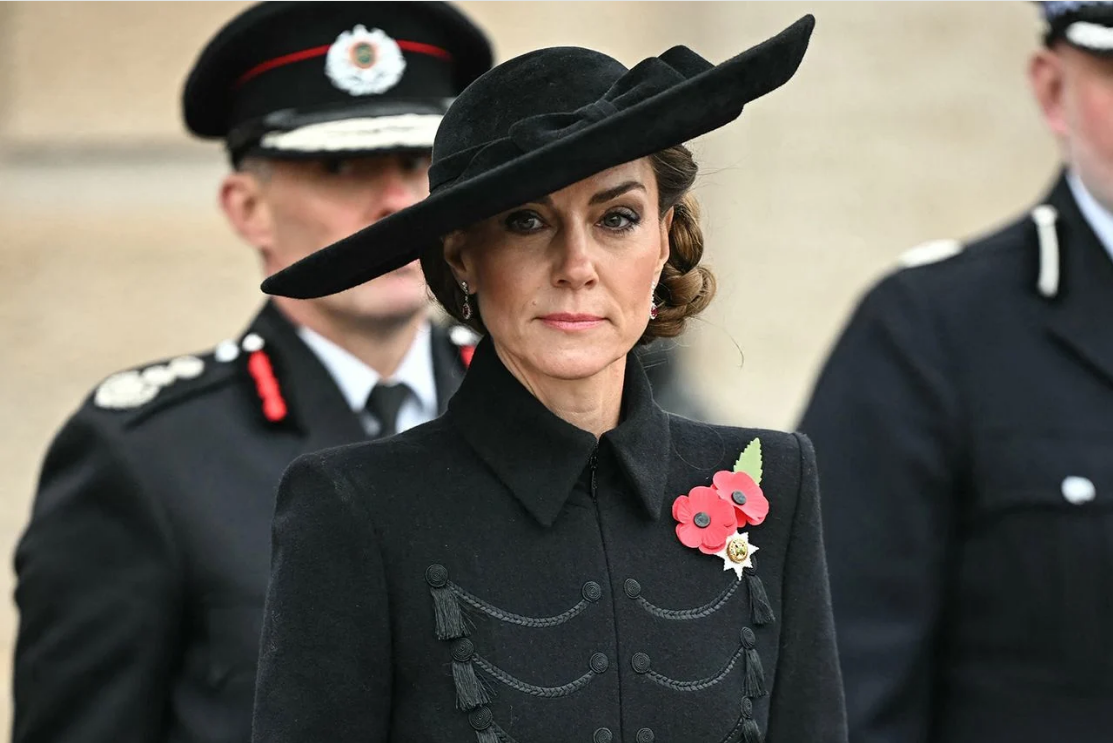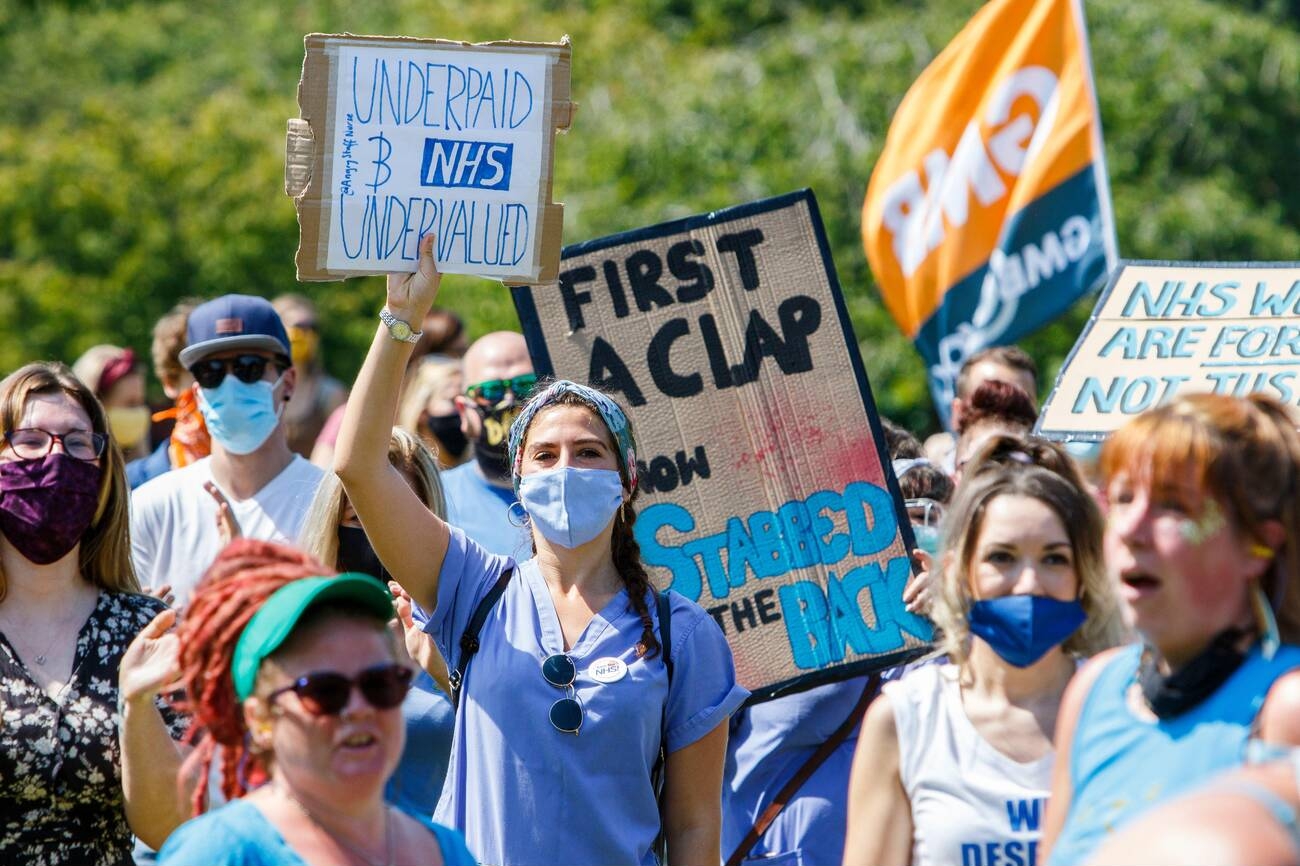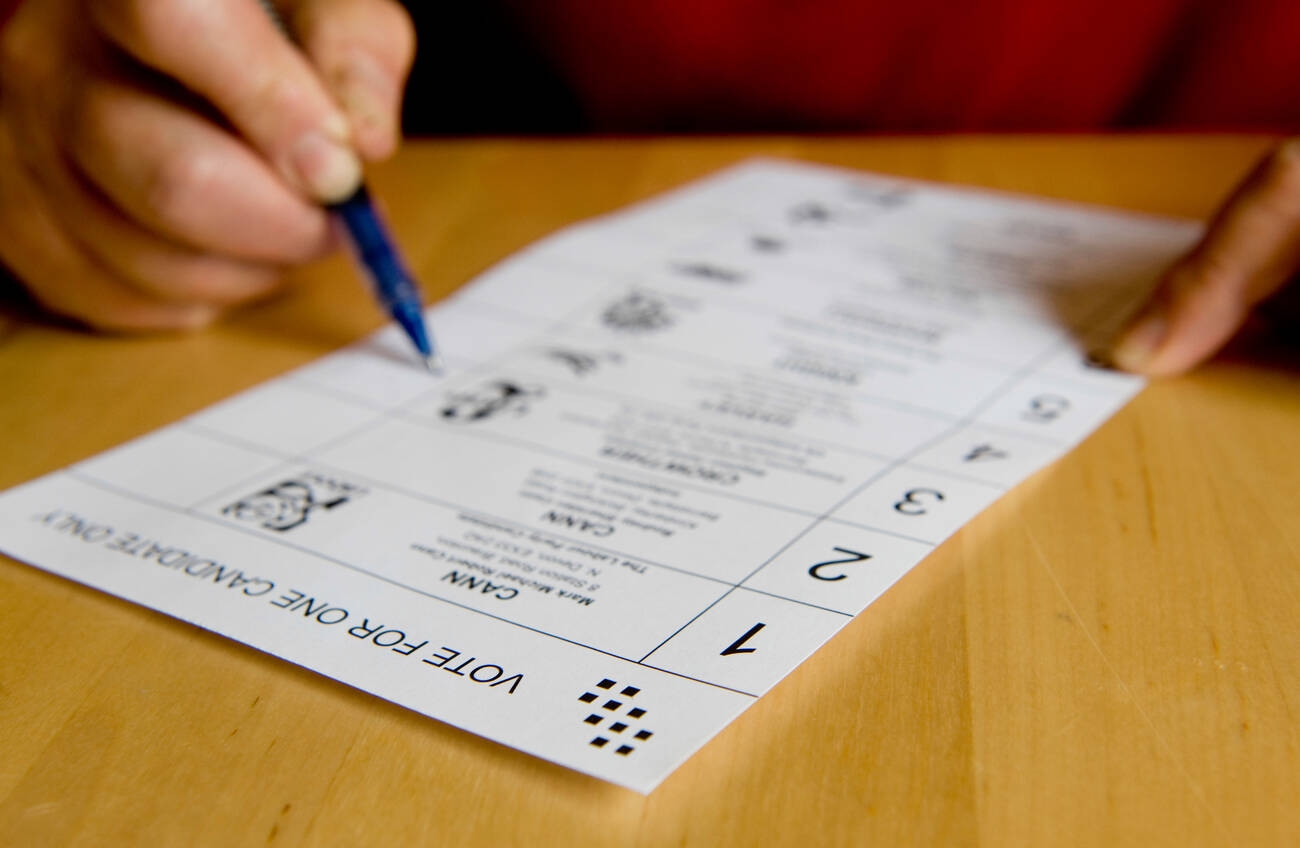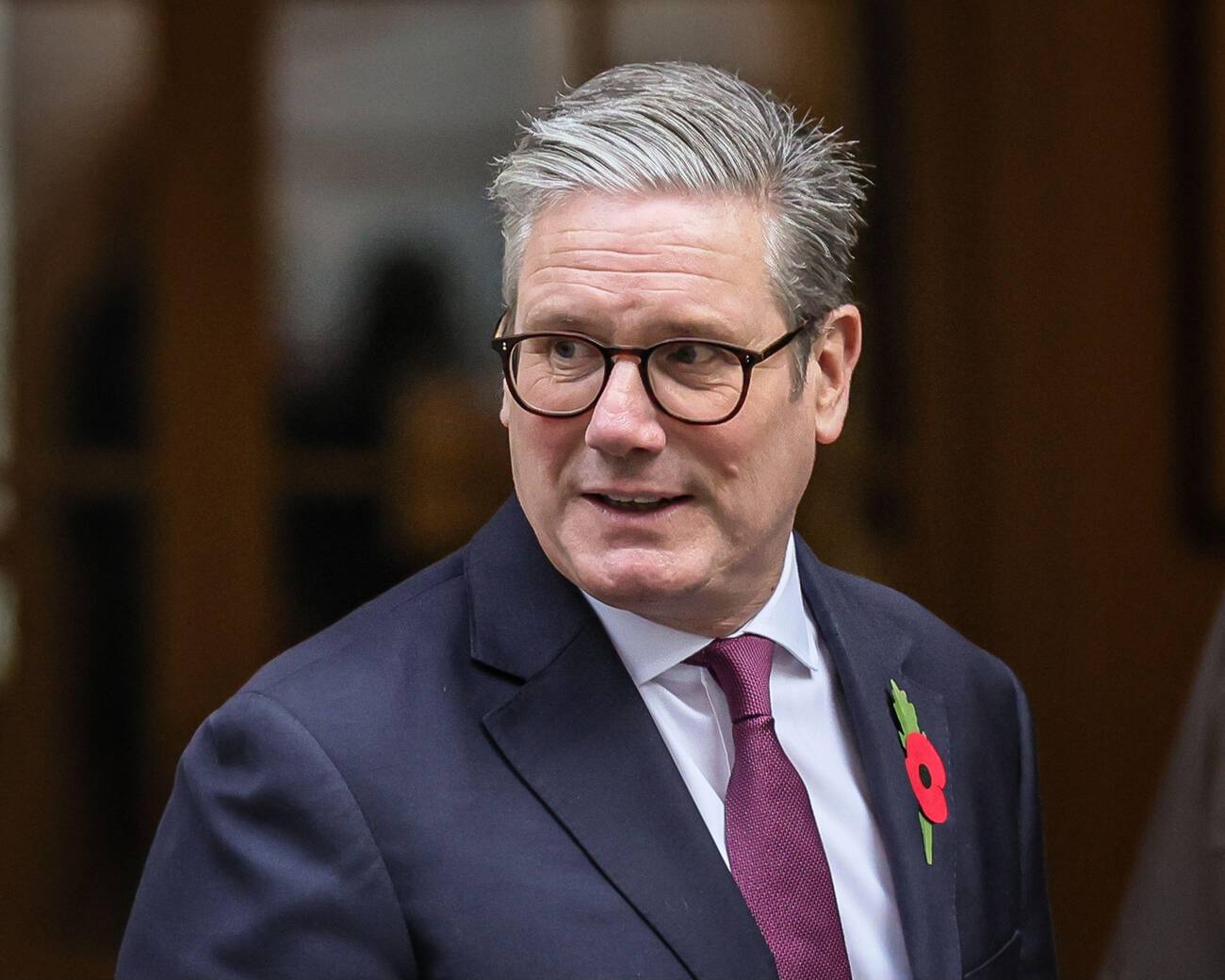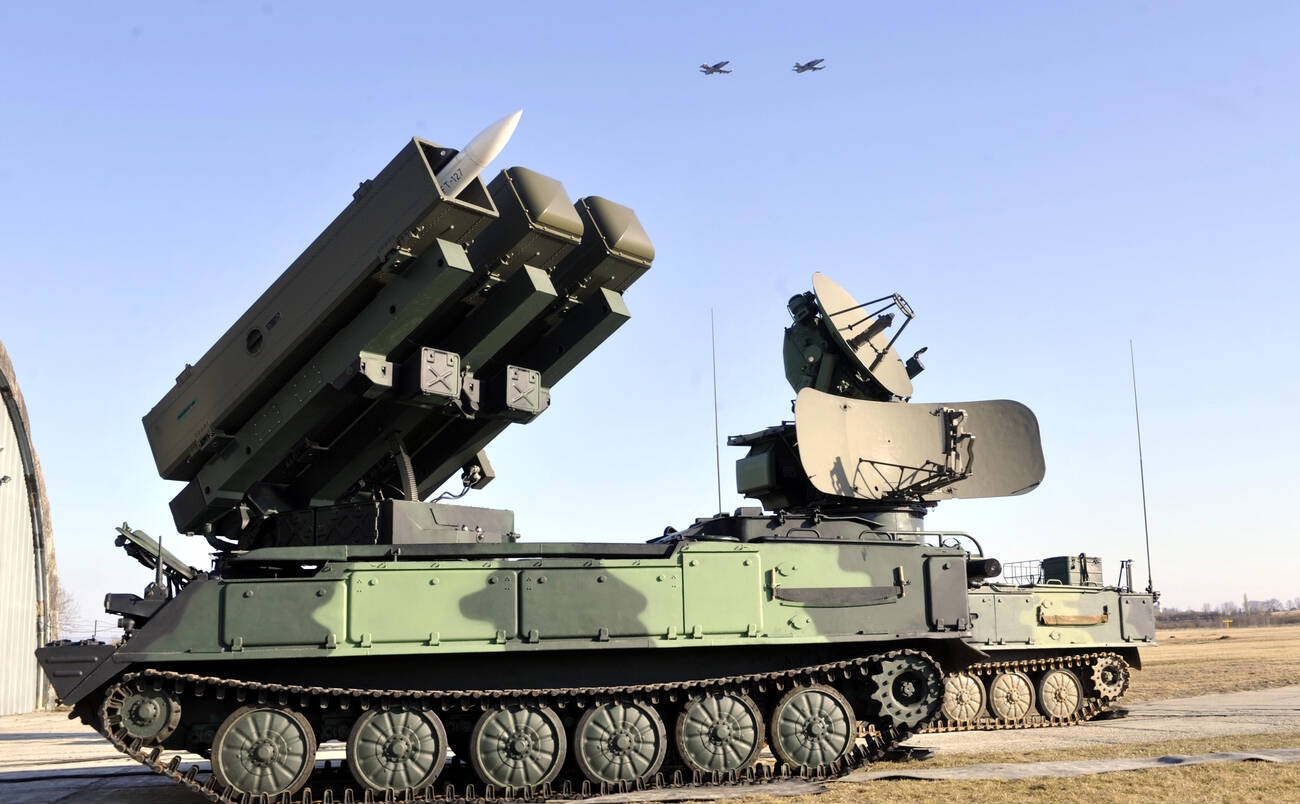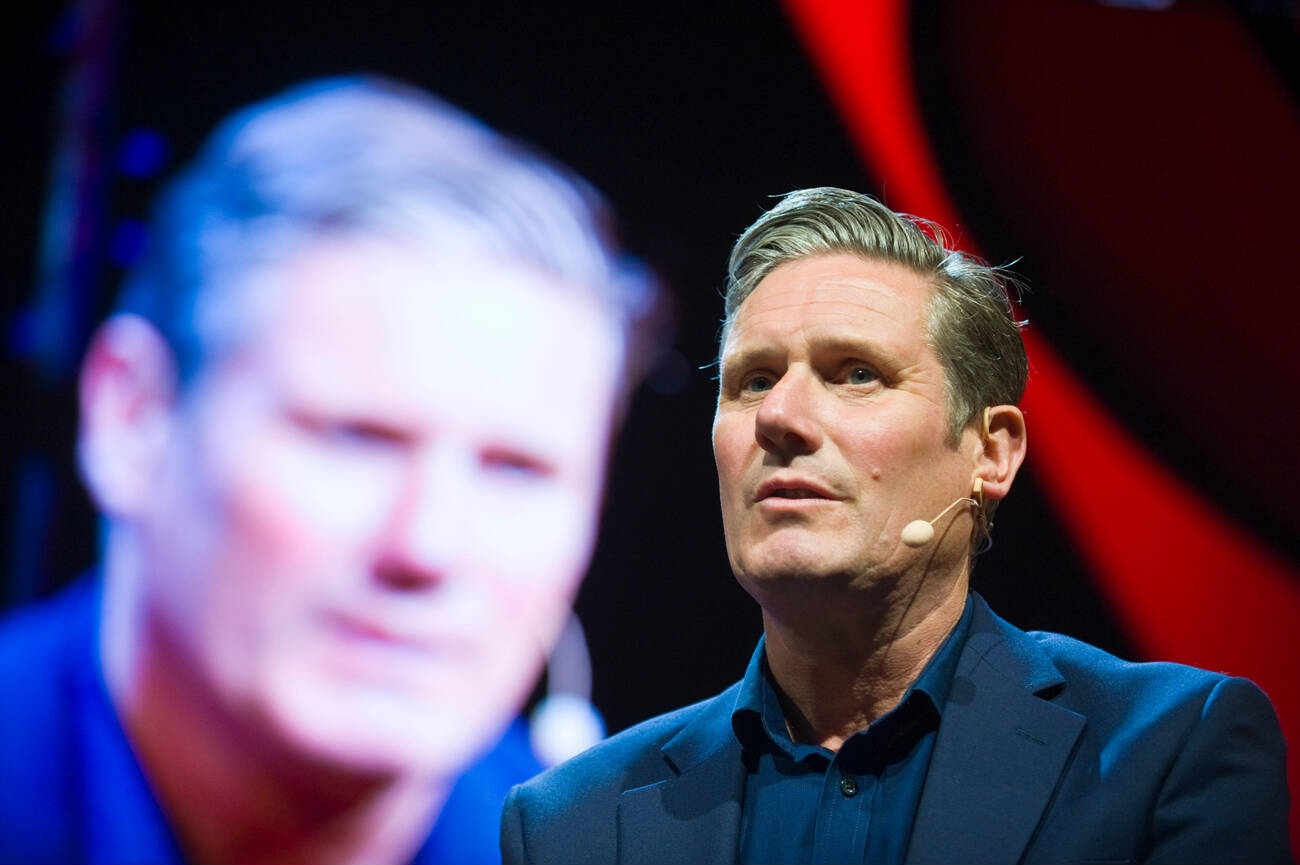Trump visit of Scotland: A Private Tour with Political Significance
The Trump visit of Scotland was officially advertised as a private tour to open a new golf course. It

The Trump visit of Scotland was officially advertised as a private tour to open a new golf course. It nonetheless had far-reaching political and international consequences. While visiting, Donald Trump met with the UK and Scottish authorities, along with other prominent European leaders. The meetings, though informal, had official consequences. Trump’s visit triggered not just a media whirlwind but political waves across Europe. Trump blurred the line between private citizen and political leader, and many viewers found this deeply troubling. Scotland Trump visit was symbolic, a visit that signaled the dangerous blurring of lines between personal brand positioning and statecraft in the media-spectacle-and-populist-narrative-driven world.
Political Face Time: Backstage at Diplomacy
Even though they were unofficial, Trump’s moves in Scotland had the unmistakable symbols of diplomacy. He brokered trade matters with European leaders, economic deals with British leaders, and even strategic talks at his Turnberry resort. Anything but casual, these negotiations demonstrated how a former politician—denied any official position—can still influence foreign policy. Trump’s ability to meet world leaders, to set the terms of debate, and to media-savvy manage the visit all showed his political power is very much still in place. Trump visit of Scotland was not a family business trip in any sense—it was a stage upon which to exercise continued influence over global matters, ignoring norms regarding such boundaries between public office and private power.
Trump visit of Scotland: From Golf Course to Global Stage
The Trump visit of Scotland became a de facto summit of diplomats in the guise of a golf course opening. Trade deals, foreign policy issues, and immigration were all on the agenda in the guise of recreation. What began as a soft public relations effort became hard geopolitics right away. With European leaders and UK leaders having him over, comments made during the visit had far-sweeping repercussions around the globe. Trump‘s vilification of renewable energy, his continued ridiculing of European immigration policy, and his unapologetic populism were all so antithetical to more conventional diplomacy. The visit was a microcosm of what diplomacy looks like in an era when private media dynasties compete with governmental institutions for power and salience.
Populist Optics and Democratic Tensions
The optics of the Trump visit of Scotland were politically potent. That Trump met with senior officials in an official capacity was a normalization of his populist approach. It is said by his critics to give symbolic legitimacy to him and uphold his politics at a time of historic pressure on democratic institutions. His European visit evidently went against the democratic ideals professed by many European nations. To critics, the favorable reception was a betrayal of those principles. Rather than driving extremism rhetoric to the fringes, the visit arguably legitimized it.
The Scottish Balancing Act: Diplomacy or Endorsement?
Scottish officials were in a political dilemma. On the one hand, denying Trump’s visit risked appearing petty or partisan. Welcoming him, in contrast, was an invitation to criticism on its face for validating a polarizing personality. The Trump trip to Scotland placed officials on a diplomatic tightrope—between protocol, optics, and principle. Local politicians marched or boycotted, while national leaders mingled more freely, referencing economic and political necessities. The implicit endorsements and photo opportunities were not silent. In silence, public appearances and body language conveyed messages of accommodation, if not acceptance.
Power Without Office: Media and the New Political Capital
The Trump’s visit to Scotland exemplifies an underlying change in the structure of political power. Institutional power—derived from elections, accountability, and institutions—is declining in the face of celebrity-formulated influence. Trump, not holding an elected position, provoked governments and media across the globe. That he was able to make news and host unauthorized summits is a testimonial to the increased power of media capital. Visibility can overwhelm legitimacy in these circumstances. Political capital is no longer gained exclusively by winning an election; it can be built by spectacle and legitimized by controversy. The visit underscores this transformation. Trump isn’t in the White House anymore, but his brand remains influential, reminding the world how politics and entertainment have never been more intertwined.
Geopolitical Implications: Europe at a Crossroads
The visit by such a divisive figure as Trump to European soil, with official invitation, shook many commentators. To critics, the Trump visit of Scotland exposed the vulnerability of liberal democracies to populists’ co-optation. By inviting these figures to visit and stay for a while under the veneer of diplomacy, democratic leaders expose themselves to the danger of undermining popular resistance to their ideologies. At a time when right-wing parties are on the rise all over Europe and the U.S., this normalization can prove to be perilous. Trump’s ability to influence global dialogue without institutional checks implies that the traditional bulwark of politics is less equipped than ever before to deal with this type of pressure.
Scottish Resistance and Popular Opposition
Trump visit of Scotland was not without opposition. Civil society groups, environmentalists, and sections of the Scottish public spoke out. Many people saw the visit as Trump’s effort to use Scottish land to boost his political prospects. Public protests, caustic editorials, and enraged social media debates betrayed widespread agitations. Trump’s inflammatory rhetoric on immigration and nationalism only served to fuel the outrage. But the degree of media coverage gave him an inordinate platform. In that sense, even bad publicity was worth it to him: attention, reaction, visibility. The tension between popular rejection and institutional acceptance summed up the essence of modern populism—rejected by so many, but omnipresent in politics.
Rhetoric and Repercussions: The Post-Visit Fallout
Following Trump’s trip to Scotland, the influences persisted. The speeches, gatherings, and appearances redirected narratives of transatlantic partnership and rightwing momentum. Whereas allies welcomed the visit as proof of Trump’s enduring relevance, opponents viewed it as a stark warning of political deterioration. The last couple of sentences in this report are: The understated normalization of populism, the blurring of political communication with private enterprise, and the absence of accountability taint the entire process. It also raised one question that democratic societies must answer in haste: How do they defend institutional legitimacy when power is being consolidated increasingly outside of institutions?
A Private Trip with Global Stakes
Donald Trump’s visit to Scotland attracted widespread media attention and stirred political debate. He held high-level diplomatic meetings that shaped global opinion, and many observers argued that his actions challenged traditional democratic norms. It was a textbook example of how populist politicians can exert influence outside of office, and of how personality brand can be substituted for official authority in the contemporary political sphere. As the West reaches the crossroads of history, the visit marks an uneasy trend: where legitimacy is bestowed not on the basis of ethics or service, but on the basis of visibility, access, and spectacle. Democracy will have to fight for itself in this new world not just at the ballot box—but on every platform upon which power tries to preen.


